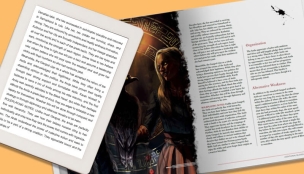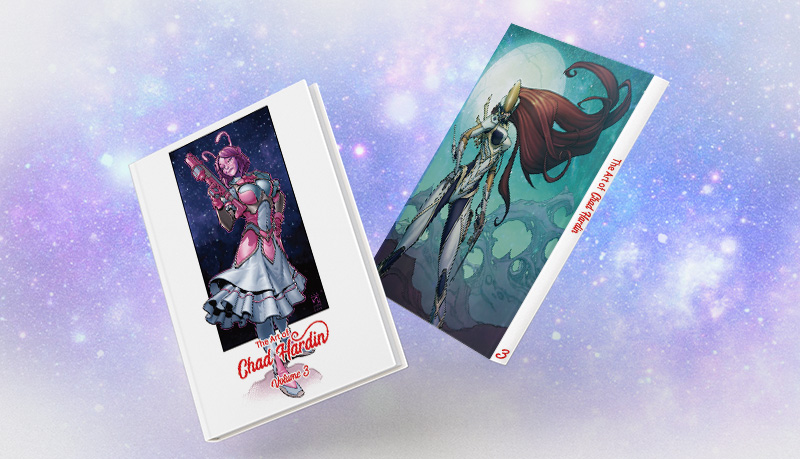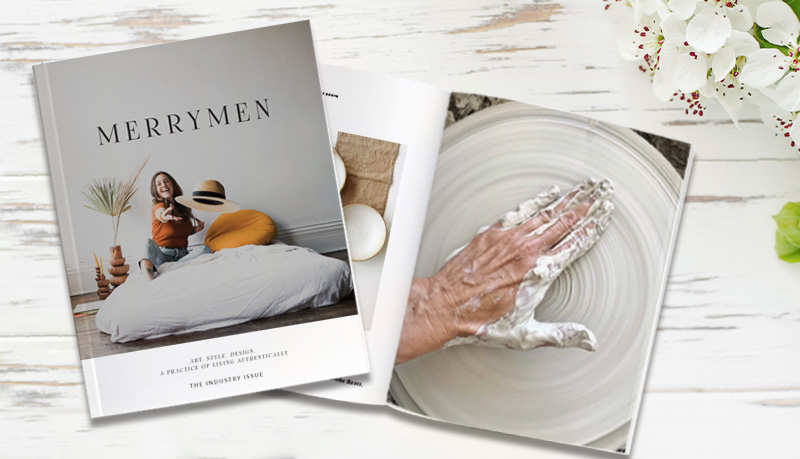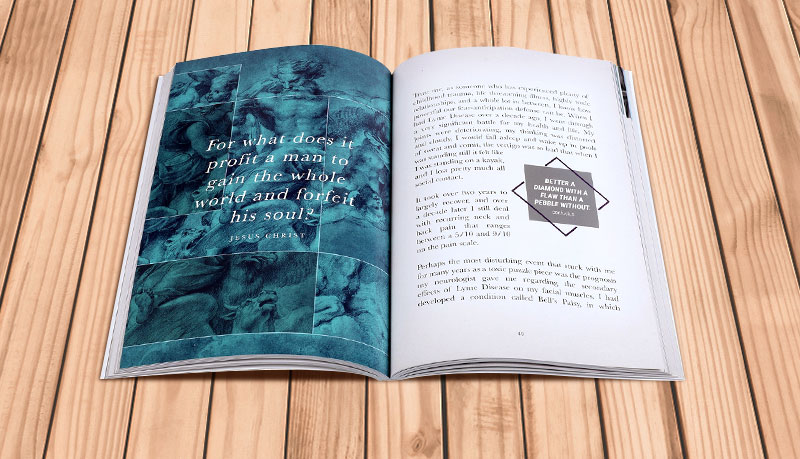Before you can design the interior pages and the cover of your self-published book, you must decide what format to choose. Here, we show you how to choose the right book format for your needs.
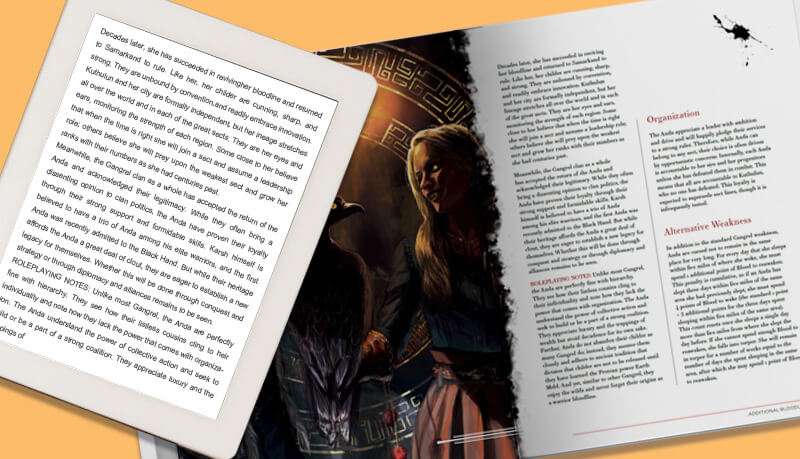
As an author with a completed manuscript in your hand, you’ll be familiar with all the complex choices that a writer must make from what to write about, to genre selection, to structuring the narrative flow, and so much more. Completing writing and editing a book to where you’re ready to get it printed and publish it is a tremendous achievement. So, we’d like to be among the first to congratulate you! But now what?
Well, if you’re reading this, it’s safe to assume that you’ve decided to self-publish your book. Or at the very least, you’re interested in giving it a shot. But before you can publish a book, you need to transform that manuscript on your desk or in your hard drive — probably both — into a beautifully printed and exquisitely bound physical book and/or an eBook edition. Which brings you to book design. And unless you’re a professionally trained designer, it can seem a daunting step into the unknown.
But don’t worry, we’re here to help. So, let’s take the first step: how to choose a book format. Because until you’ve chosen a format for your book, you can’t go on to design the cover or the interior layout, as you won’t know the size and number of the pages, the spine fit, or the overall cover dimensions. You’ll have noticed that books come in an enormous variety of shapes and sizes. Mainstream publishers take several factors into account when deciding on book formats. And self-publishers must also give careful thought to this fundamental decision.
So, let’s dive into this vital topic. We’ll start with the broader questions and then get down to the more granular considerations. By the time you’ve finished reading this post, you should be fully aware of how to choose a book format that’s perfect for your project.
Print edition, eBook, or both?
We find it strange that this decision — between a printed book and an electronic version — is so often presented as a purely binary one. It’s clear that eBooks have their uses but that most avid readers either prefer, or also buy, lots of print books, too. So, we’d usually recommend considering publishing both a printed edition of your book and an electronic edition.
But that decision also depends on your book. For example, there’s no point trying to format an electronic version of a coffee table book, an art book, a photography book, most children’s picture books, or board books. All of those popular categories only work in printed formats. There’s a certain prolific romance, fantasy, crime, or science fiction author who might choose to only ever publish eBooks. But most authors of novels, poetry, memoirs, biographies, histories, inspirational, self-help, and more sensibly opt to publish in both print and eBook formats. Let’s look at the thinking behind this.
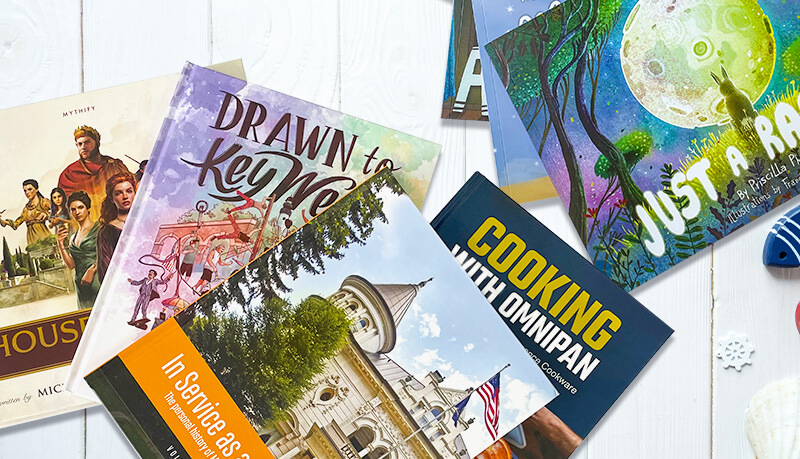
What format do readers prefer, print or eBooks?
At least two factors come in to answer the question of reader preferences: how they read and how they buy books. While if you only shop for books on Amazon or limit yourself to reading a certain kind of self-publishing blog, you could be forgiven for thinking that the eBook is now the preferred way that people read, the facts tell a very different story. All the scientific data from studies cited in Publishers Weekly, Statista, and The Association of American Publishers — to name only a few reliable sources — shows that the printed paper book still dominates the market, outselling eBooks by orders of magnitude. When we dig a little deeper into the stats, we discover that there are three kinds of readers:
- eBook-only readers
- Print book only readers
- Hybrid readers who enjoy both
Now, if you think about that, doesn’t it make perfect sense to publish both kinds if you can — namely, if it’s an appropriate option for your genre? Of course it does, because that way you capture all three strands of the market: e-reader only readers, print only readers, and hybrid readers.
The hybrid market is especially interesting for two reasons. First, it’s the larger part of the market share. Second, hybrid readers often buy both editions of the same book; often, either to try the book out first on their e-reader before committing to getting a physical copy for their shelves, or to have a beautiful printed edition kept safe at home but an electronic edition on their e-reader to enjoy while on the move.
But reading preferences are not the sole factor that influences the choice of fundamental format. How readers prefer to buy their books is a major factor in this decision, too. So, while there’s a clear market sector that buys books — whether only electronic, only print, or both — only via stores such as Amazon, Barnes $ Noble, Waterstones, and others, a significant number of readers choose to shop for books either in the big high store chains, or in the supermarket, the airport, and the rail station. And there’s a rapidly growing market sector who favor buying books in local independent bookshops where they can take their time, browse, read, and make considered choices.
So, to what destination does all this information lead us?
- Well, first, to the realization that the printed book is alive and kicking. If you don’t publish in print, you’re cutting yourself off from the lion’s share of the book market. Simple as that.
- Second, certain kinds of book only work in print, so e-reader compatible versions aren’t even an option.
- Third, that while a sector of the avid genre fiction market may only read eBooks, most readers prefer to engage in both formats.
And last, that there’s still a significant chunk of the book buying public who eschew the electronic formats all together and buy only in print editions.
Testing the market
Aside from the reading preferences and habits of the book buying public, you can use different formats as tools to test the market. So, we have several authors on our client list who produce eBooks for market research and promotion. They’ll publish a low-cost e-reader edition either to sell in the online stores to “test the waters”, or as an ARC (advanced reader copy) they can email easily to their beta readers, or as a downloadable “lead magnet” to attract new sign-ups to their email lists. But once they’re confident that the work will be popular, they produce a run of printed books to sell both on- and offline and to catch all market sectors.
How to decide between print and eBook formats
So, to decide between the options of electronic-only, print-only, and both, you’ll need to answer several questions. We usually recommend both, unless you have an obvious reason to opt for one or the other. You can use this list of questions to guide you to the best decision for your book:
- What genre is my book?
- Is my book suitable for both formats?
- What format does the market favor for my kind of book?
- Where and how do I want to sell my book? online, offline, or both?
- What format do most of my readers prefer?
- How do my readers consume their books?
- Where do my readers buy their books?
Once you’ve answered those questions, you should be very clear in your mind about the choice you need to make. Many times — coffee table books, children’s picture books, art books — it will be clear that only print will do. In others — if you’re aiming to crank out two steamy romances a week, for example — eBook-only may be the obvious choice. Most times, whether you’re a novelist or a non-fiction writer, you’ll do well to broaden your reach and publish both.
Talk to us today!
At QinPrinting, we enjoy considerable success in the offset book printing industry. Our expert design and printing team, coupled with state-of-the-art offset lithographic technology, and a passion for personalized customer care sustains our worldwide reputation for excellence. We combine the speed, efficiency, and value for money you expect from a major international printer with the personal attention you’d want in your local print shop. Get in touch today to discuss your book printing needs or ask us for a no-obligation quote. We’re here and happy to help!
